(Brantôme 1885 - 1958)
La Roque Gageac
Gouache watercolor
H. 32 cm; L. 40 cm
Signed lower right
Robert Dessales-Quentin was born in one of the most beautiful villages in France: Brantôme, nicknamed the Venice of Périgord, since it is located on the banks of the Dronne, a river which has become a natural defense by encircling the town. This small town in the north of Périgord was the playground throughout the artist's life. At the age of four, he totally lost his hearing as a result of an unsuitable treatment for his intolerance to quinine, then unknown. His father, a notary from Brantôme, decided to send him quickly to Paris where he would study at the National Institute for the Deaf and Dumb. Aware of his artistic tastes, his parents had him enrolled at the Jullian Academy, in the studio of the famous Jean-Paul Laurens. A man of taste and terribly attached to his land. Dessales-Quentin will easily turn to landscapes rather than to the history painting to which his studies predestined him. It is in Périgord that he will return quickly and will find his way in the representation of the local heritage. Castles, beautiful residences, churches or views of cities will be presented from 1909 at the Salon des Artistes Français in Paris. It is in watercolor that he will be most comfortable, even obtaining in 1928 a Great Honorable Mention at the Salon, a rarity for this medium. In oil he will have several different periods and styles, in particular a period that could be called "wisteria", because of the recurring presence of this plant between the two wars in his paintings. A drawing teacher for more than fifteen years at the great Saint-Joseph Institution in Périgueux, and in his studio on rue du Plantier, he was called the "brilliant left-hander" by his students. It is moreover within this workshop that Dessales-Quentin welcomed the "all-Périgord" each year for an exhibition of his extremely awaited works. Accustomed to old Périgord stones, he will not for all that neglect "elsewhere". Corrèze will be a land of recurring passage, but also the Basque Country, French and Spanish. He will exhibit his works in many French cities, traces of which we find very regularly by the well-known labels on the back of the watercolors and their original framing.
It is a postcard image that Robert Dessales-Quentin offers in this view of La Roque Gageac. The Château de la Malartrie in the background of the composition, which belongs to the Beaupoil de Saint-Aulaire, is located in the town of Vezac. In the upper part of the village, the small manor of the Tarde family stands out perfectly. In the foreground the houses bordering the course of the Dordogne are overhung by the cliff. It partially collapsed in 1957, burying half a dozen houses and costing the lives of three inhabitants. Our view of one of the most beautiful villages in France and jewel of Périgord is a historical testimony in the same way as a photograph from the beginning of the last century.


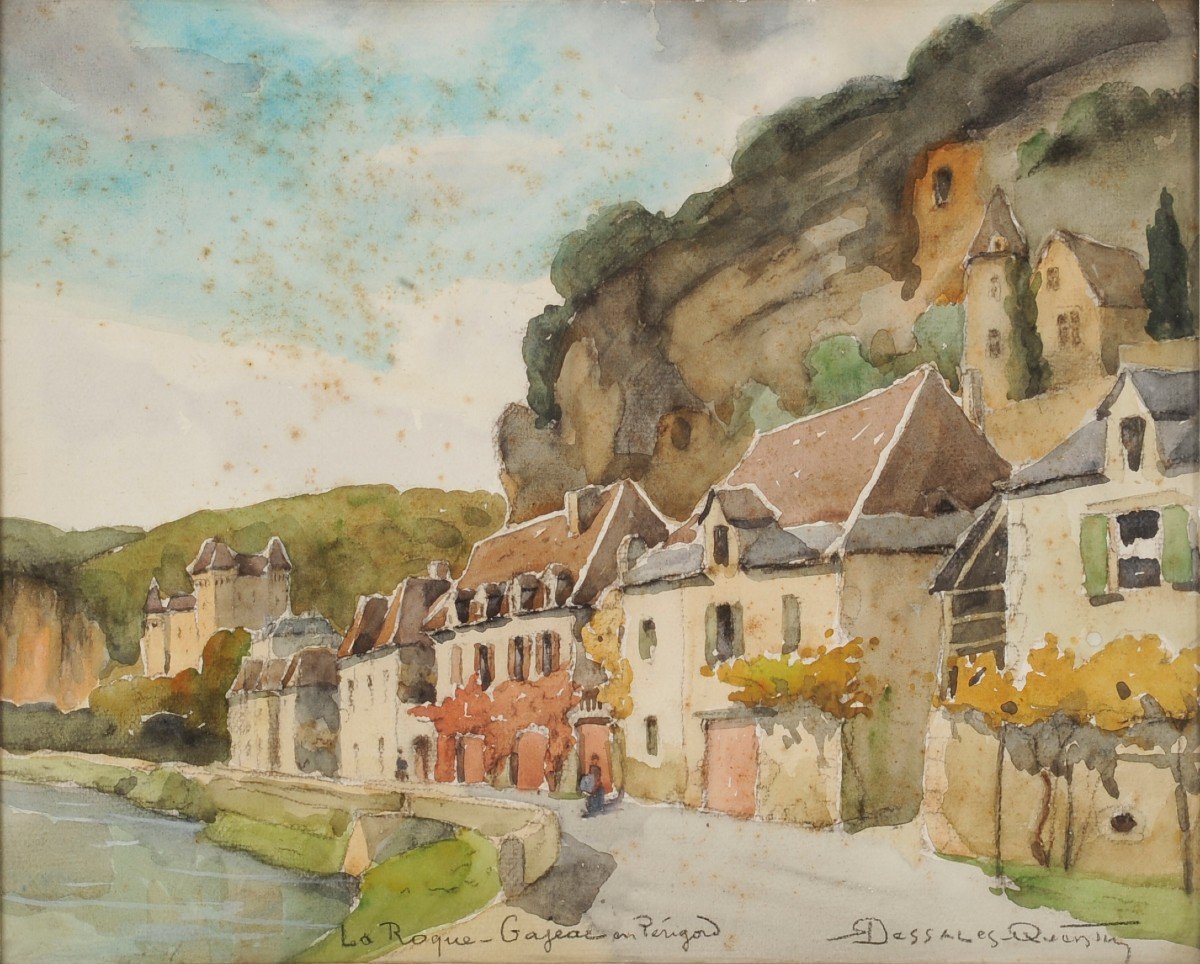











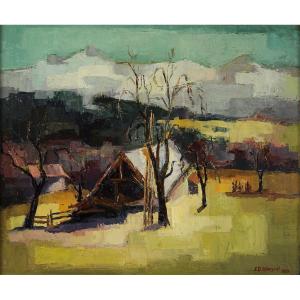
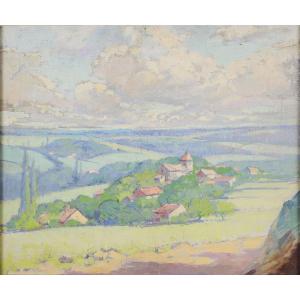



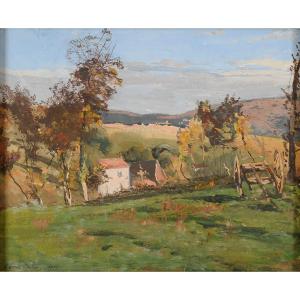
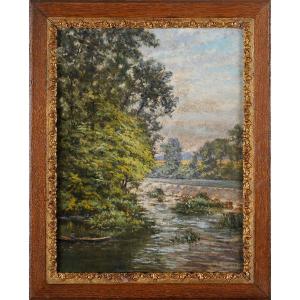

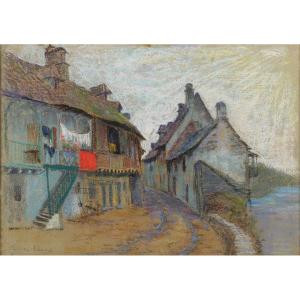

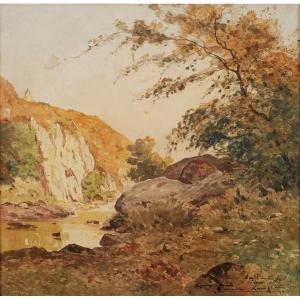

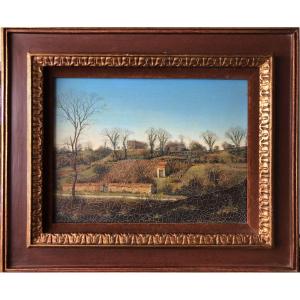
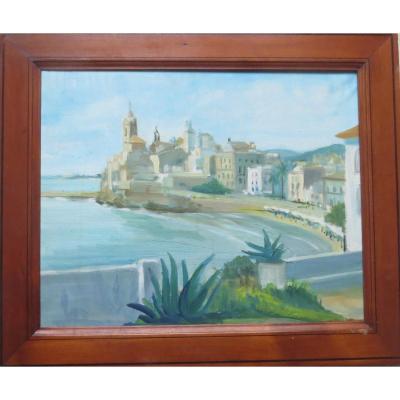






 Le Magazine de PROANTIC
Le Magazine de PROANTIC TRÉSORS Magazine
TRÉSORS Magazine Rivista Artiquariato
Rivista Artiquariato